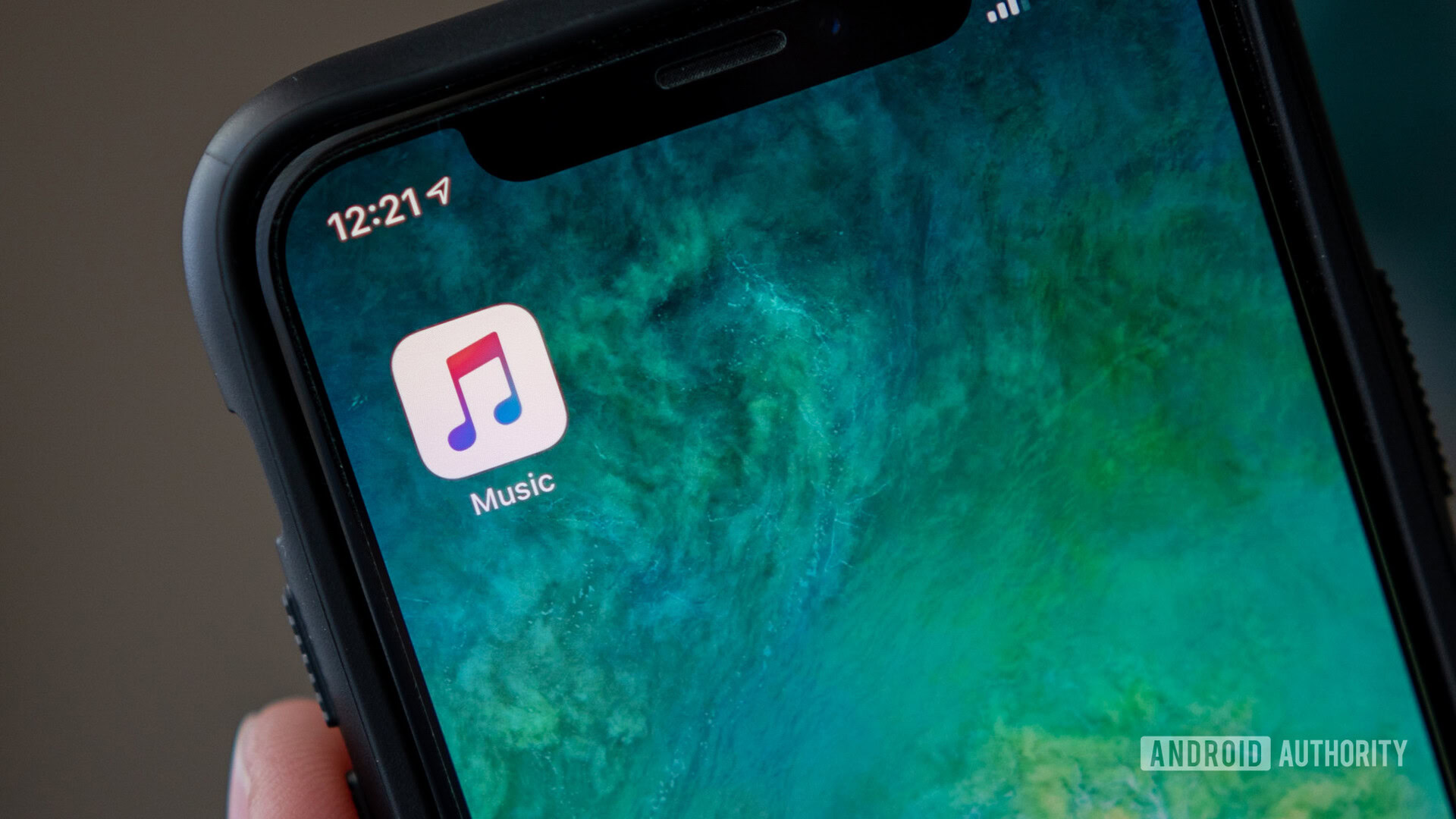Affiliate links on Android Authority may earn us a commission. Learn more.
Apple Music flips the switch on spatial and lossless audio
June 8, 2021

- Apple Music lossless and spatial audio formats are now available.
- Users will need to opt-in to use the lossless audio while spatial audio will play automatically with supported headphones.
- There are no extra charges for these formats, putting Apple Music in the same realm as TIDAL when it comes to fidelity.
Update: June 8, 2021 (12:38 AM ET): Apple Music has now enabled lossless streaming and spatial audio features announced previously. You will now be able to enjoy the new select songs in lossless quality if you have the latest version of iOS, iPad OS, and macOS.
You will require an external DAC for high-resolution lossless streaming.
If you’re still not seeing the features on Apple Music, you might have to wait a bit as it’s a server-side update from Apple that may not have reached you yet.
You can read the original article below to know more about lossless streaming and spatial audio on Apple Music.
Original article: May 17, 2021 (10:38 AM ET): There are a lot of music streaming services out there. Each one has its advantages and disadvantages. Up until now, the advantage to music streaming platform TIDAL has been its offering of lossless audio, which allows for a higher fidelity than MP3, AAC, or other compressed formats offer.
However, Apple just threw a wrench in the works by announcing Apple Music lossless support is coming in June 2021. The company also revealed that its subscribers will gain access to spatial audio support through the Dolby Atmos format.
See also: Apple Music: Is it worth it? Everything you need to know.
These two new perks come without any extra charges for the user. Apple Music will continue to cost $9.99-per-month for current and new subscribers alike.
Apple Music lossless audio
When musicians record their music in a studio, the master tapes have a certain fidelity. This fidelity gets reduced when converted to the CD format. Then, this fidelity gets further reduced when compressed into digital formats, whether it be MP3, AAC, or others. Each time the fidelity is reduced, the audio quality goes down, which prevents listeners from truly experiencing the music as the artist recorded it.
Lossless audio fixes that issue. However, the trade-off is that the file sizes go way up. That’s why Apple is forcing users to opt-in to use Apple Music lossless formats. There will be lossless versions available for over 75 million songs on the platform.
In your Apple Music app, you’ll need to go to Settings > Music > Audio Quality. Once there, you’ll have a few choices. You’ll need to pick one format for the three streaming methods (Wi-Fi, cellular, and download):
- 16bit at 44.1kHz (aka CD quality; works on most devices)
- 24bit at 48kHz (playable natively on Apple devices and many others)
- 24bit at 192kHz (requires a DAC)
Obviously, as you increase the file size of the highest-resolution files will be significant, so be sure to take that into consideration when making your selections.
Apple Music spatial audio through Dolby Atmos
Spatial audio — sometimes called 360 audio — mimics a high-quality surround sound experience in your headphones. In a music recording, the drums could “feel” as if they are right in front of you, while the guitar and bass could be off to the sides. If it’s a live recording, the roar of the crowd could be behind you.
To achieve spatial audio, the tracks need to be mixed in that format. As such, not every song in the Apple Music catalog will have a spatial option. However, if you try to play a track on supported hardware, the spatial version will play automatically. For the record, AirPods and Beats headphones with an H1 or W1 chip will support this. The latest versions of iPhones, iPads, and Macs will also support spatial audio through the built-in speakers.
Unlike with Apple Music lossless audio, you do not need to opt-in for this. The service will pick the appropriate track for your hardware automatically.
Apple doesn’t say how many spatial tracks are on Apple Music. However, there’s a playlist that will point you in the direction of some tracks you can check out.
Thank you for being part of our community. Read our Comment Policy before posting.